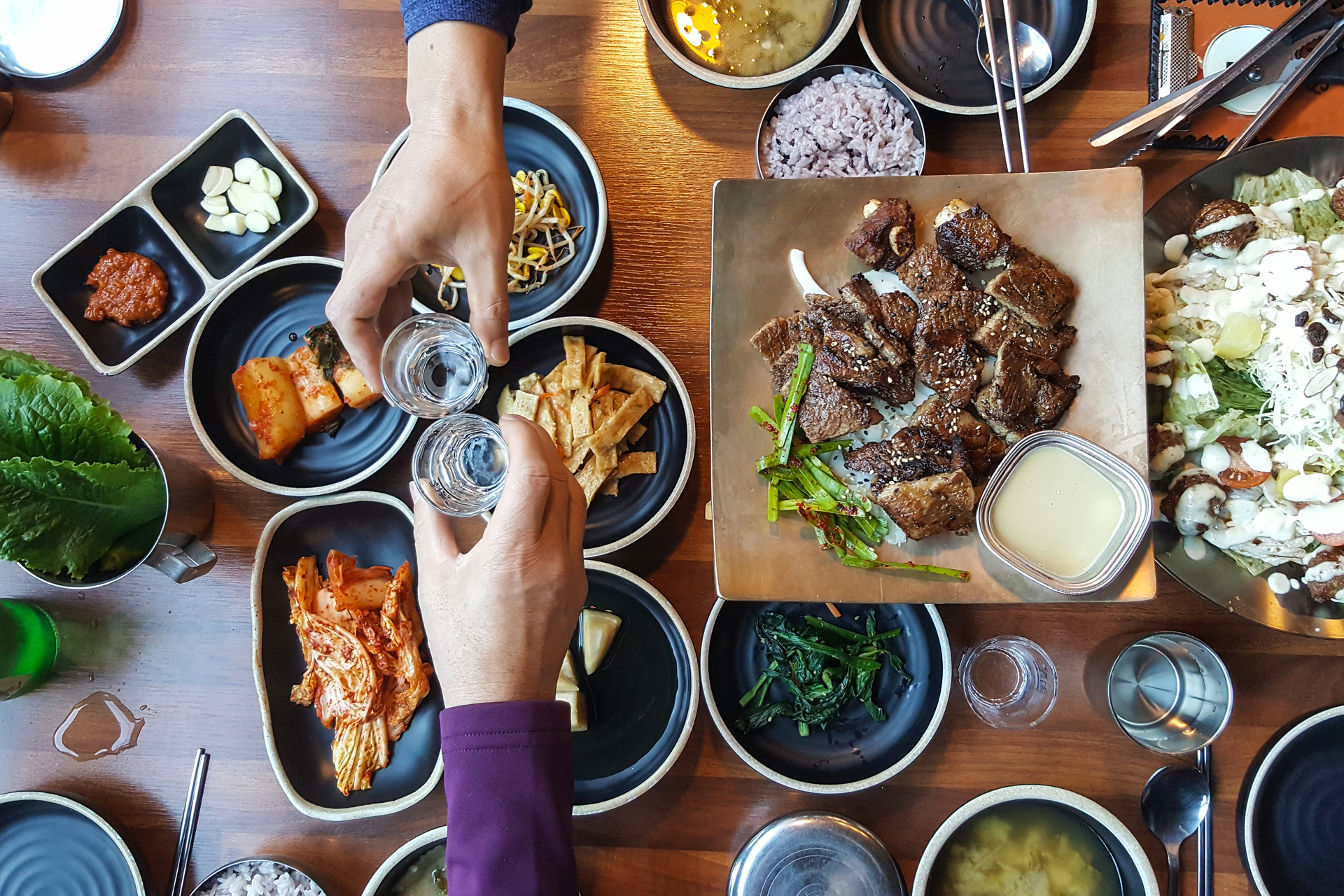Perk Up with 6 Tasteful Malaysian Drinks
Lighten your mood and rejuvenate your senses with 6 must-try Malaysian drinks!
Discover the authentic in Asian cuisine food



Korean food is awesome. The late-great Anthony Bourdain summed it up perfectly – “[It’s] what the cool kids want — spicy, funky, fermented, that whole spectrum of flavors.”
But what we love about Korean food now may have kept it on the backburner culturally for so long. The intense taste bombs served up by Korean restauranteurs didn’t suit the plates of previous generations of Australians, and it never got “westernised” in the same way that local Chinese, Japanese and Thai food did. One of the delightful outcomes of this was how authentic Korean food remained, untouched by prying western hands. What you get served today in Australia is mostly classic Korean dishes eaten by generations of people from the peninsula. And even though a lot of the Korean food we eat in Australia is post-war Americanised, it was still originally made in Korea for Koreans by Koreans. Take Korean fried chicken for example.
Called “chikin” – obviously derived from the English word for chicken – the real KFC traces its history back to the when hundreds of thousands of American troops were stationed in Korea during the 1950s. Koreans traditionally steamed their chicken or served it in soups, but after trying fried chicken from stalls selling soul-food they quickly adopted it into their own cuisine. Korean fried chicken differs from the American varietal in a number of ways. It’s fried twice which helps the keeps the skin crunchier and less greasy. The chicken is usually seasoned with spices, sugar, and salt both prior to and after being fried. They also come pre-sauced before serving, with the better restaurants “hand painting” their chickens before sending them out. And instead of mash potato and gravy, expect pickled radishes, beer, and soju. It’s pretty amazing this only started taking off in the last few years.
A far longer standing method of cooking, but no less delicious or satisfying, is Korean barbecue. Thought to have been originated within the nomadic tribes who wandered through the Korean peninsula and Manchuria who would grill meat atop hot rocks. The meat was salted to help preserve it, which is why you get such delightfully seasoned proteins with your Korean barbecue. Like a lot of Asian countries with smaller living spaces, Koreans love to get together over a meal at a restaurant, and barbecue is a fantastic way to eat and cook together. It’s one of the reasons it’s taken off in Australia and why the experience is so unique.
Bulgogi is probably the most famous Korean meat dish, and a staple of Korean barbecue, and is a direct descendant from maekjeok, the meat eaten by the nomadic tribes of yore. It can be traced as far back as 37 BC, so you know it’s gotta taste good to last that long! Bulgogi is marinated beef and is marinated in a combination of soy sauce, sugar, sesame oil, garlic and black pepper, but of course, the marinade differs between regions and even between restaurants.
Bibimbap is another dish that Australians can’t get enough of. While no one really knows the history of this dish, it’s thought to have been used as a way for Koreans to throw whatever leftover food they had into a bowl and cook it. That’s why you find beef, pork, chicken, kimchi, pickles, fresh vegetables, rice and a huge variety of sauces in the dish. It’s also why there’s no official recipe. It’s a bit like spaghetti Bolognese, everyone has their own version.
I still think it’s best served in a hot stone bowl so everything continues to cook while you eat it. Make sure you stir the egg through and leave the rice a minute to get crispy!
One foodstuff that has made a profound impact outside of its home cuisine is kimchi. With the move towards healthy and sustainable living and with a greater understanding of the powers of fermented foods, kimchi has become a staple of health-conscious eaters everywhere.
Kimchi is an ancient foodstuff, with recipes being traced back to the first century AD. Pickling foods was a fantastic way for ancient peoples to preserve food before refrigeration which explains why pickled veggies are such an important part of Korean food to this day!

A far longer standing method of cooking, but no less delicious or satisfying, is Korean barbecue. Thought to have originated within the nomadic tribes who wandered through the Korean peninsula and Manchuria who would grill meat atop hot rocks. The meat was salted to help preserve it, which is why you get such delightfully seasoned proteins with your Korean barbecue. Like a lot of Asian countries with smaller living spaces, Koreans love to get together over a meal at a restaurant, and barbecue is a fantastic way to eat and cook together. It’s one of the reasons it’s taken off in Australia and why the experience is so unique.

Lighten your mood and rejuvenate your senses with 6 must-try Malaysian drinks!

Pair your hearty barbecues with these refreshing Asian delights!

What are the properties of ginger, and how to pick, store and use ginger in your cooking? Find out here!